DDR5 memory under full load with 1.1 Volt
Let’s first have a look at the measurements in delivery condition and with 1.1 volt voltage default. The practical thing about my camera is that it is a real 32 Hz camera and does not only produce still images. In addition, you can log pretty much all measured values in real time, even with a time stamp, so that the later comparison in a common graph does not cause any problems. To get enough load on the RAM, I use Karhu and log the data from the camera and the SPD hub (via HWInfo64) for a little over 30 minutes each.
We see an increasing difference between the value reported back by the SPD hub and the small hotspot in the middle of the modules. The value from HWInfo for the SPD hub is about 53 °C after 30 minutes, the hub IC itself is also hotter and also the board is a bit hotter than what is reported back here. Also within the chip there is a delta of about 5 degrees between the outer edge area and the narrow point in the middle of the single memory module, which I focused on to stay as accurate as possible.
In the end, we thus record a difference of a whopping 12 degrees between the readout value of the SPD hub and the hotspot in the middle of the memory module. That’s quite a small house number, but less than I feared. Since you also have to consider the thermal resistance between the surface and the interior, experience shows that the maximum temperature inside the volcano is up to 5 degrees. In this case, the final hot-spot temperature would already be just under 70 degrees, i.e. almost 17 degrees above the readout value. Let’s keep that in mind.
DDR5 memory under full load with 1.25 Volt
If we tighten up the timings, we also have to tighten up the tension a bit. Even if OCPC has stored a “benchmark profile” with 1.4 volts in its own settings, due to the lack of too large RAM reserves I leave it at 1.25 volts this time. But also there is already something going on, because the temperatures are rising quite visibly. The RAM goes up to almost 72 °C in the measured hotspot, the SPD stroke value is 60 °C. We already know the 12 degree difference, don’t we? I will make comparative measurements with other modules later to see if a simpler rule of thumb can be derived here. This is because the markup remains identical for the time being, only the final values change. At 1.35 volts, it would then get even hotter….
Here we also see the infrared image of the focused area, where the difference to the edges of the memory mode is almost identical. The only thing I noticed was the renewed, yet very different steep rise in both temperatures. The “hotspot” obviously gets up to speed faster than the somewhat sluggish value from the USB hub, which seems to be a rather averaged value. Even though the memory modules have 2 TS (Thermal Sensors) according to the specs, they are probably averaged a bit here.
Summary and interim conclusion
Yes, you could certainly cool the memory without much overclocking and with the 1.1 volts as voltage specification still without heatspreader, as we know it from the DDR4 server RAM. However, with overclocking and higher operating voltages, things get really tight and instabilities start to accumulate. If the RAM runs cooler, the operation definitely remains more stable. Here one should also think about the reported 60 to 65 °C for the SPD hub, above which it might become unstable.

Because even if the hotspot isn’t the sole criterion, with a delta of up to 17 degrees (including the losses in the substrate) one is then already with some bad luck and elegantly over 80 °C. Then it surely already becomes a bit more tippy and one should nevertheless think about a better RAM cooler. But we already had this very topic on Saturday. If you missed it or would like to read it again: Here you can read the article “DDR4-RAM-Cooler on DDR5? Not a good idea! The differences in detail including 3D scan and instructions“.
So much for that, I’ll stay tuned of course. I promise.














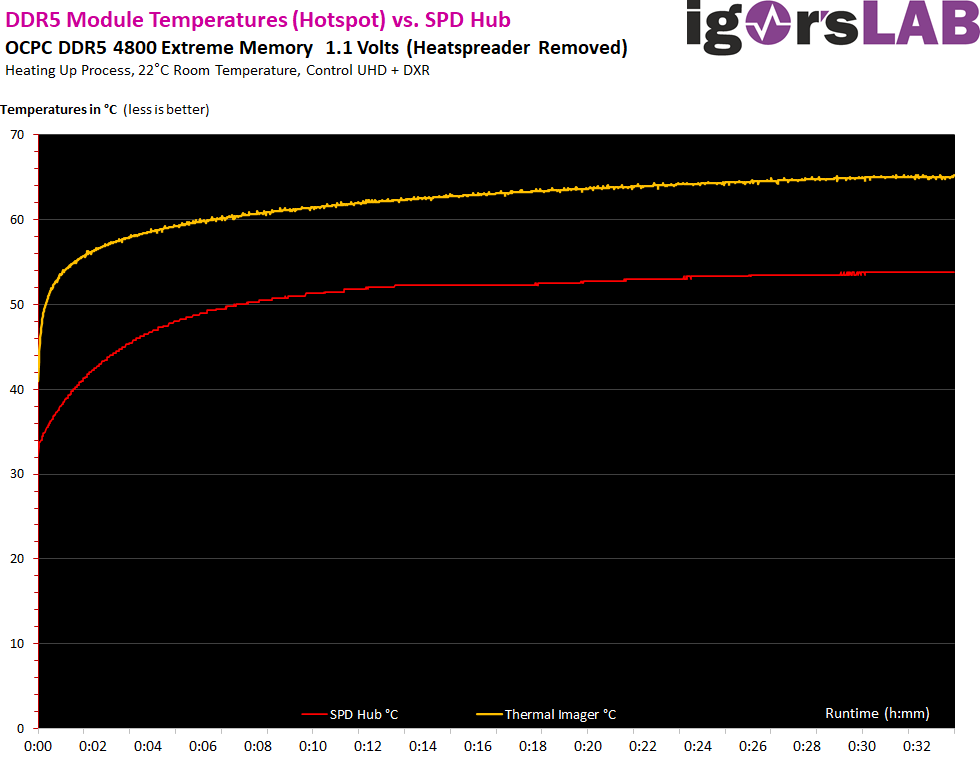
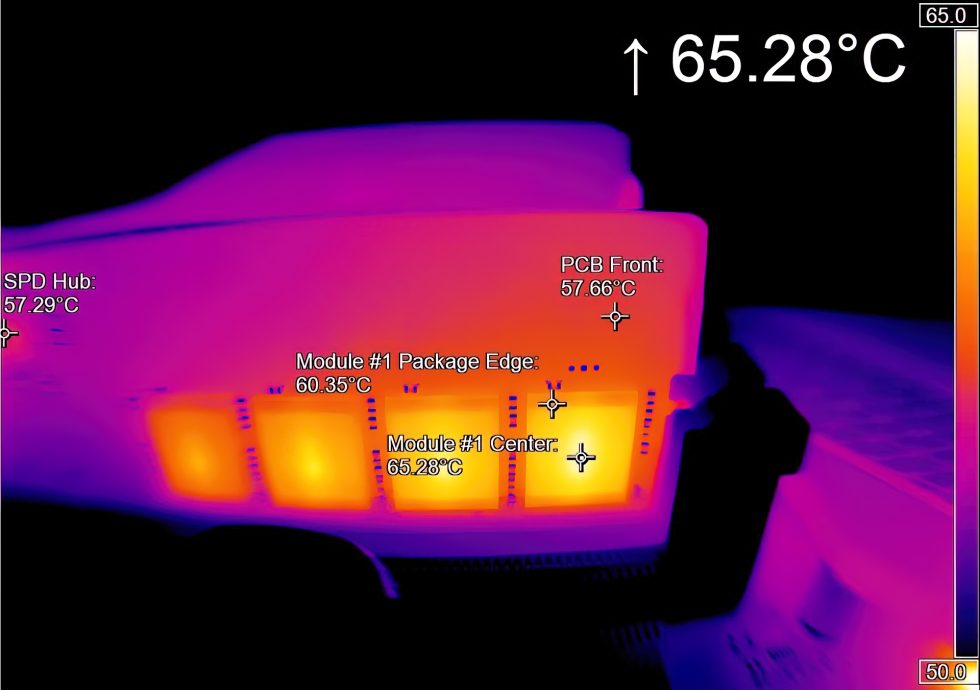
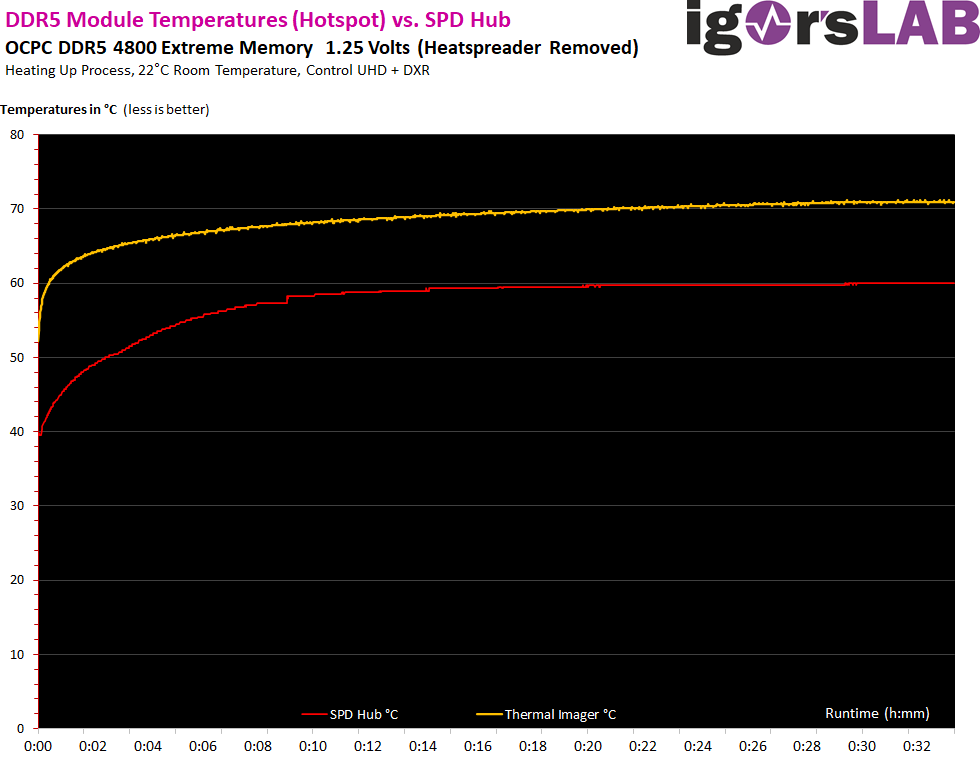
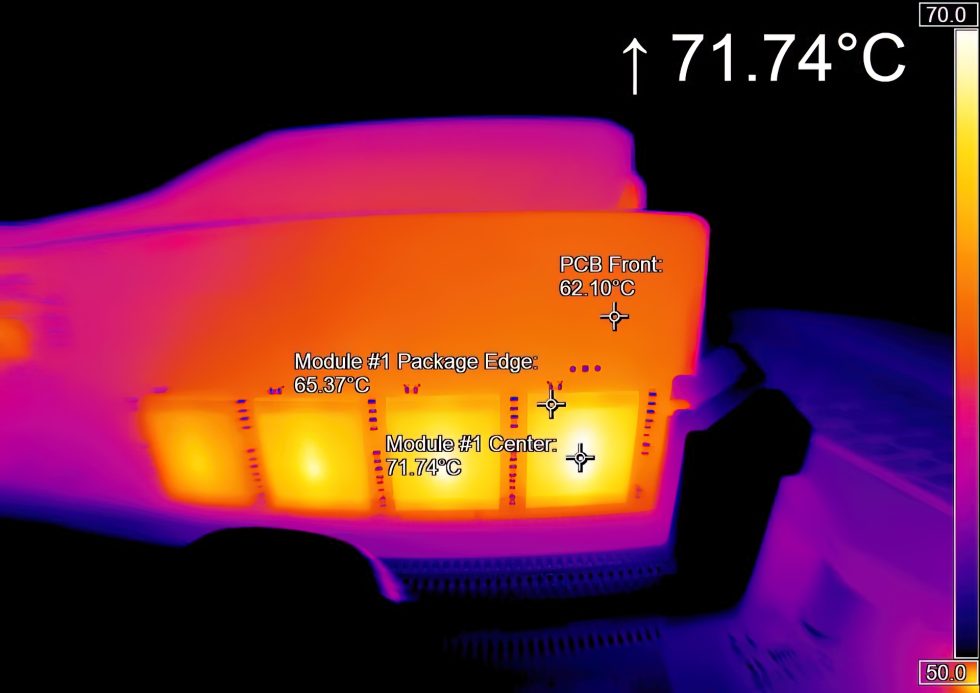








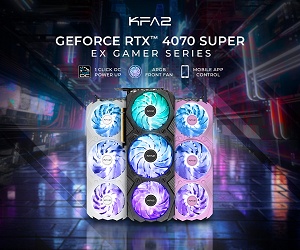
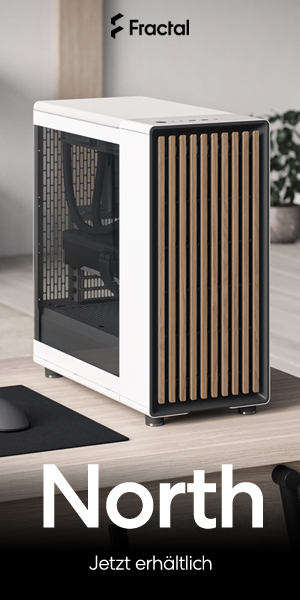

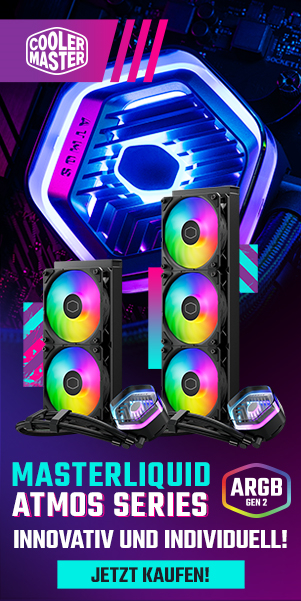
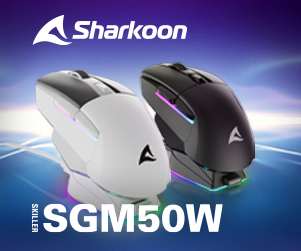

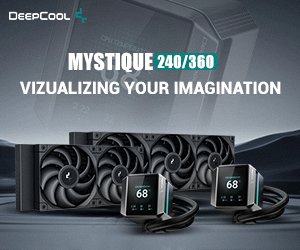




10 Antworten
Kommentar
Lade neue Kommentare
Urgestein
Urgestein
Urgestein
1
Mitglied
1
Veteran
Mitglied
Mitglied
Neuling
Alle Kommentare lesen unter igor´sLAB Community →